Growing Vegetables In Winter? Often They Will Need Forward Planning – Start Here
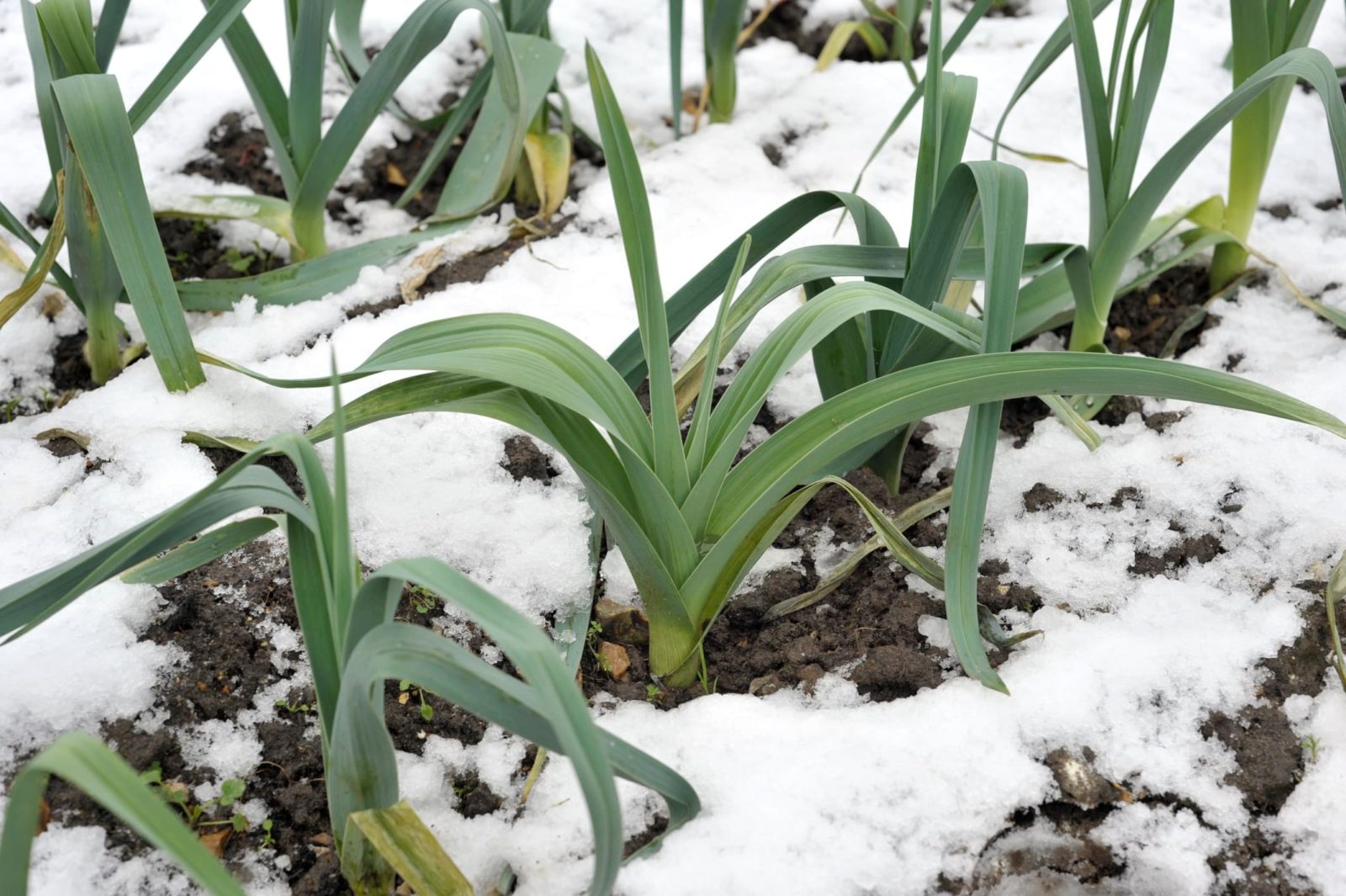

Elizabeth is a Permaculture Garden Designer, Sustainability Consultant and Professional Writer, working as an advocate for positive change. She graduated from the University of St. Andrews with an MA in English and Philosophy and obtained a Diploma in Applied Permaculture Design from the Permaculture Association.
Reviewed By COLIN SKELLY

Colin is a Horticulturist and Horticultural Consultant with experience in a range of practical and managerial roles across heritage, commercial and public horticulture. He holds the Royal Horticultural Society’s Master of Horticulture award and has a particular interest in horticultural ecology and naturalistic planting for habitat and climate resilience.
Contributions From VAL BOURNE

Val Bourne is a GMG award-winning gardener, lecturer and author who is known for her organic gardening style - with experience dating back over 60 years. She has an allotment and has published several books on natural gardening, including 'The Ten-Minute Gardener' and 'Colour In The Garden'.
When you think about vegetable gardening, you might think of this as something that you will do in the spring and summer months.
But with the right approach, you can sow and grow your own food year-round.
There are even vegetables you can sow in winter.
“I think in the UK, there’s too much emphasis on growing summer vegetables,” shares Garden Writer Val Bourne.
“I think that the most valuable vegetables I grow are the winter veg. This includes brassicas, sprouts, cabbages, parsnips and leeks because they don’t all come at once – you can harvest them throughout the year.”

Gardening and growing year-round is possible in the UK, but you do need to have certain things in place.
At this time of the year, sowing will not be outdoors, but rather inside your home.
However, if you have planned and prepared correctly throughout the earlier seasons, you could have plenty of vegetables growing in your garden – even in the middle of winter.
“Planning is key for winter vegetables as sowing will often be in the prior spring or summer for winter harvesting,” says Horticultural Consultant Colin Skelly.
“In a greenhouse or polytunnel, some salad production can carry on but for the most part thinking in winter swings to sowing for the next growing season. A gardener’s work is never done!”
While there are certain crops that will survive the winter in the UK, often, some form of protection is used.
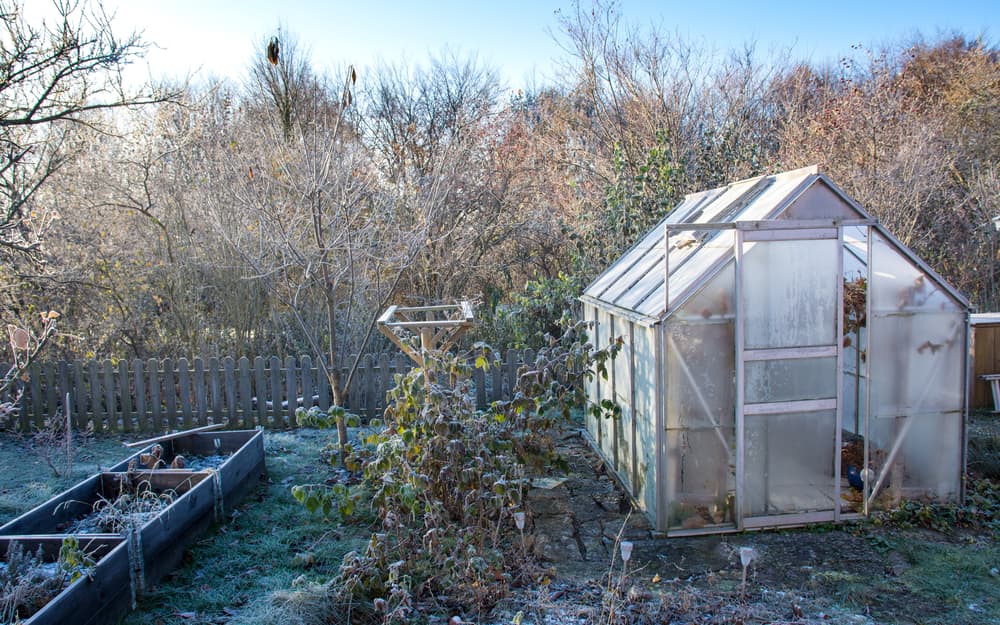
You might use cloches, row covers, cold frames, polytunnels or greenhouses – but whichever form of protection you use, the concept is the same – to stave off the worst of the winter cold and the winter wet.
Even if you only have a windowsill to sow on, there are still vegetables you can grow in winter – both for a winter harvest, and to grow on for the months to come.
“Vegetable growing is one of the best things people can do, as it’s like having a pantry in your garden that you can just go and visit,” shares Val.
Winter Growing That Requires Forward Planning
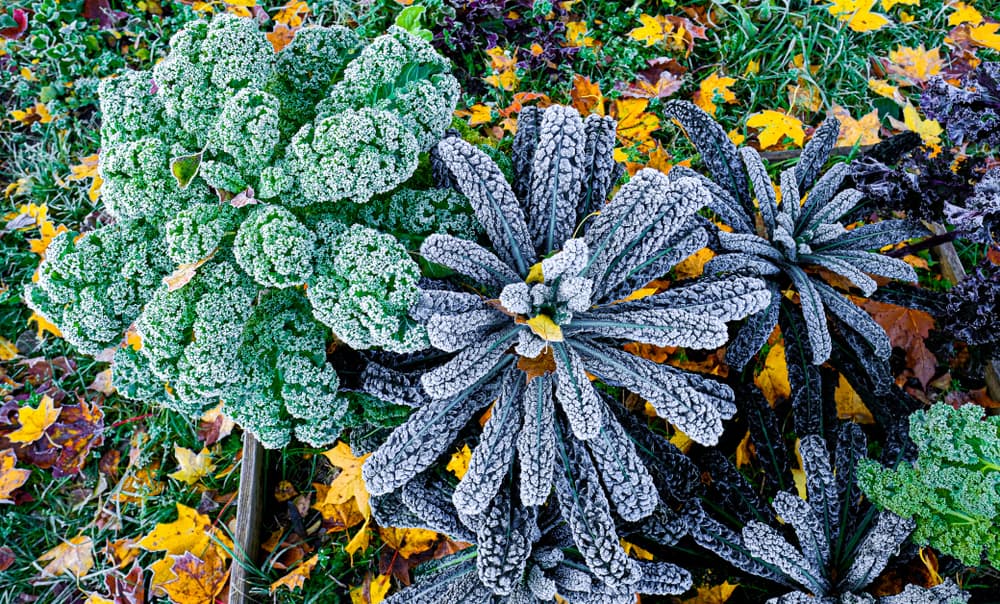
Growing your own can be a year-round pursuit, but gardeners who want to eat from their gardens all year round need to be forward-thinking.
Preparation to have vegetables growing in your garden over the winter months can begin as early as the previous spring.
Sowing For Winter In Spring & Early Summer
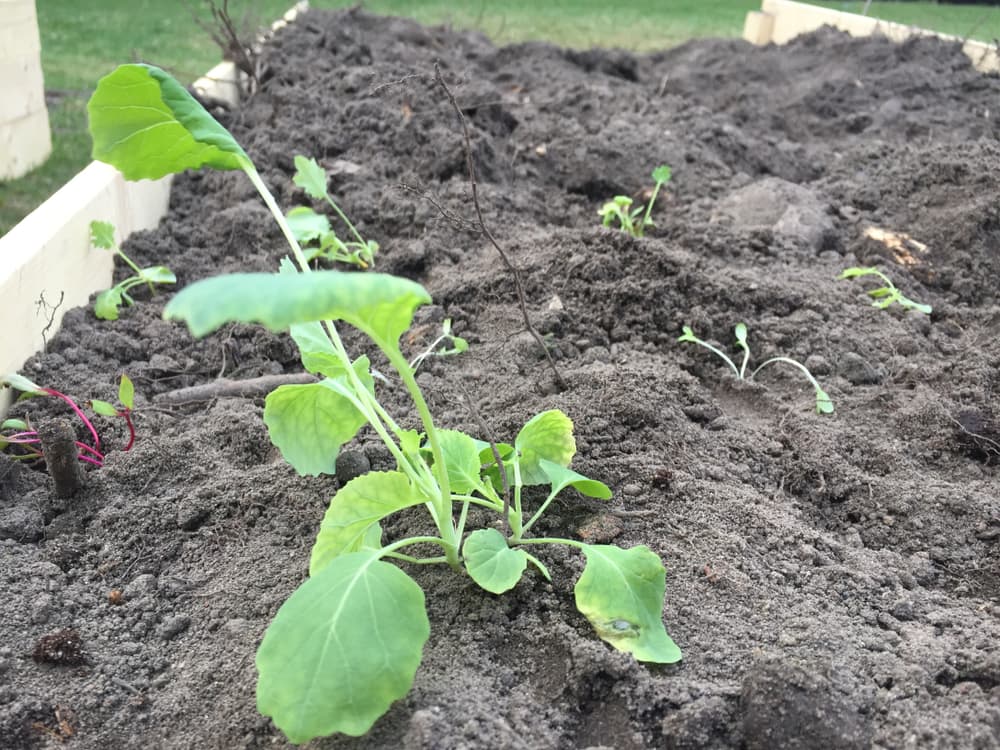
To grow vegetables to harvest in winter, you can sow certain crops in spring and early summer, such as:
- Brussels sprouts
- Cabbages (winter types)
- Kale
- Leeks
- Parsnips
These hardy winter vegetables take quite a long time to grow, but can be valuable vegetables to harvest over the winter months.
They can cope outdoors in winter, and even taste better after having been exposed to frost.
Sowing For Winter In Late Summer
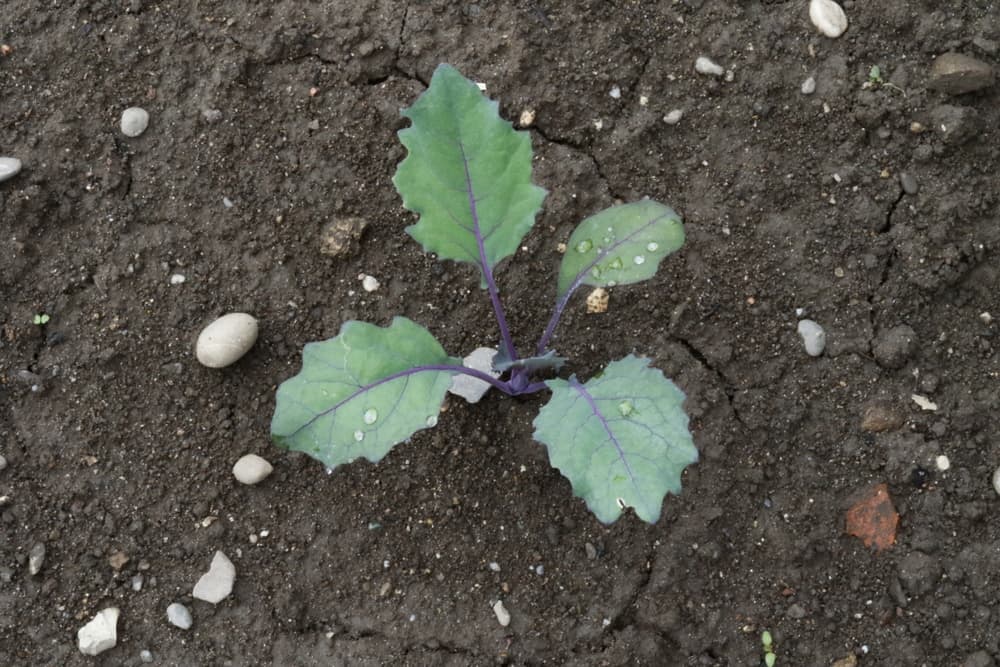
In July, summer crops will be in full swing, but you should also plan ahead for harvests over the autumn and winter months.
From around July, you might sow several other crops for an autumn to winter harvest, though these will almost certainly need some form of protection once the first frosts threaten.
You might sow, for example:
- Beetroot
- Carrots
- Chicory / Endive / Radicchio
- Kohlrabi
- Land cress
- Perpetual spinach
- Radishes
- Turnips
You might even plant some second early potatoes in July for a harvest of new potatoes around Christmas, if you have a protected undercover area to place them in when winter arrives.
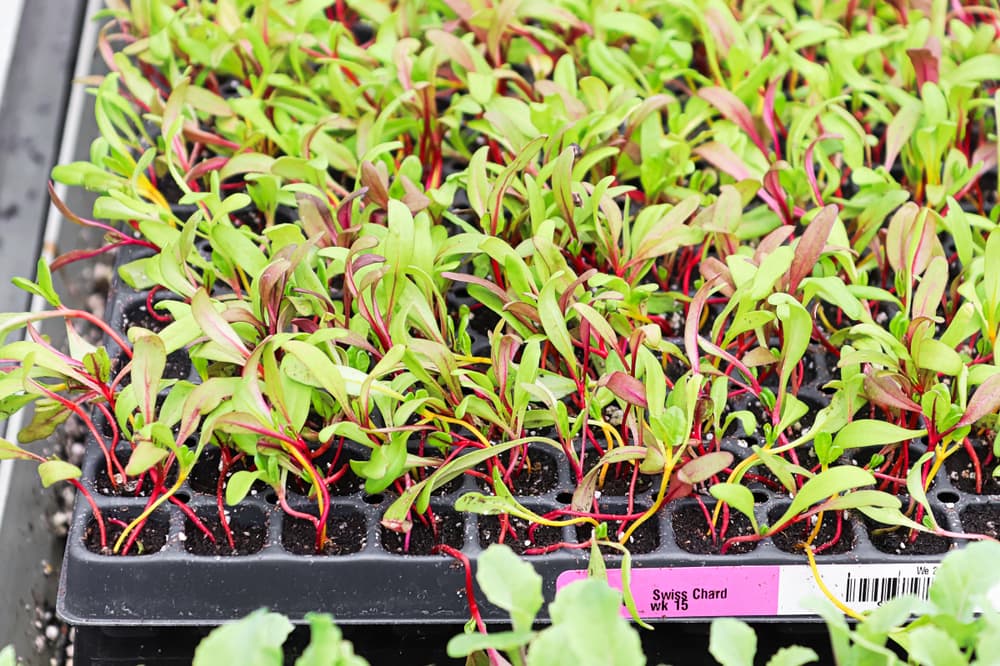
You may also plan to overwinter crops in your winter garden for harvests in the spring. So you might sow:
- Chard
- Spring Cabbages
- Sprouting Broccoli
Each of these can provide a harvest during the traditional ‘hungry gap’.
Sowing For Winter In Autumn
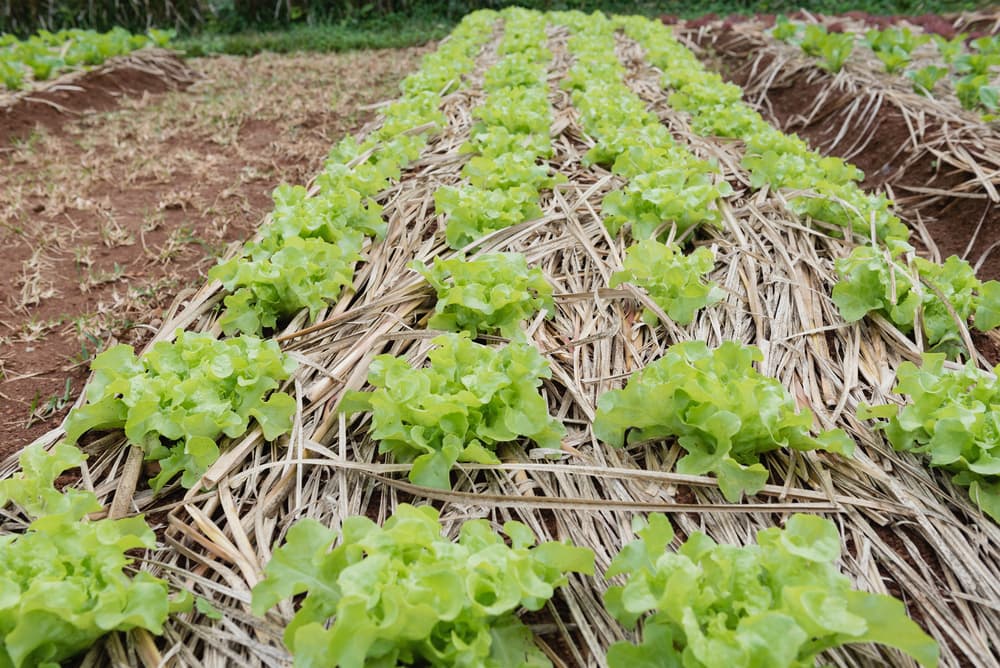
After the end of summer, in early autumn, there is still time to sow some quick crops (with protection) for a winter harvest.
For example, you might sow:
- Corn salad
- Komatsuna
- Mibuna
- Mizuna
- Mustard
- Pak choi
- Pea shoots
- Radishes
- Rocket
- Winter lettuce
You might also sow peas, and broad beans for overwintering in September or October.
And you might plant some onion sets, or garlic, in autumn for an earlier harvest of these crops next year.
Growing Salad Crops & Microgreens Indoors
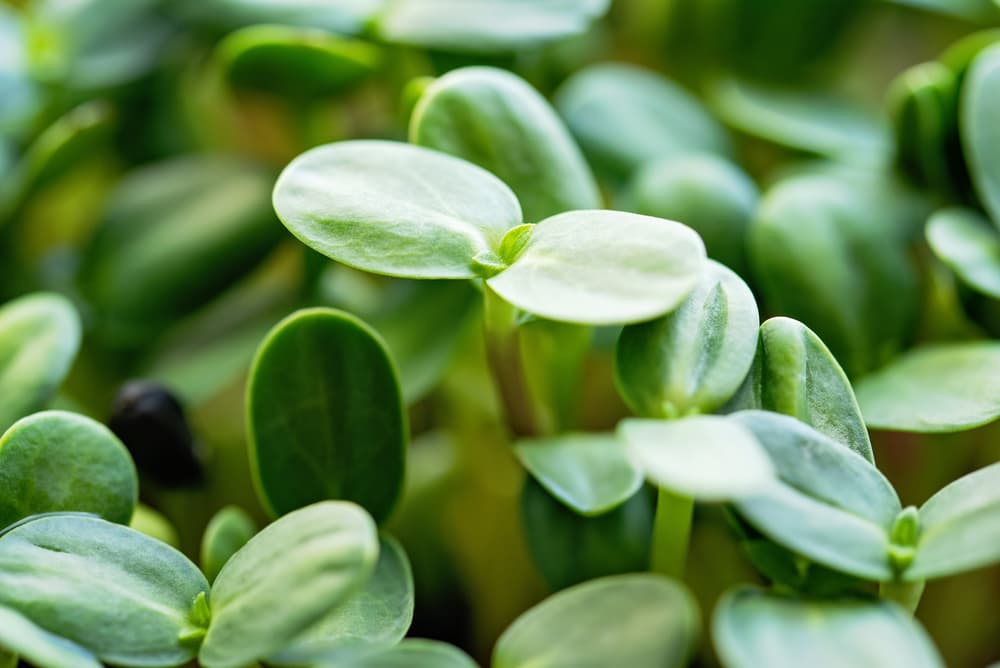
There are also options, however, which allow you to get started right away.
Even if you have not planned and prepared, and don’t already have vegetables growing in your garden, you do not necessarily have to wait until spring to sow, grow and even get a small winter harvest.
On your windowsill, indoors, you can grow a range of salad crops and micro greens throughout the year.
You can even get started in the depths of winter – and you could harvest small leafy greens in as little as a month after sowing – even less for microgreens.
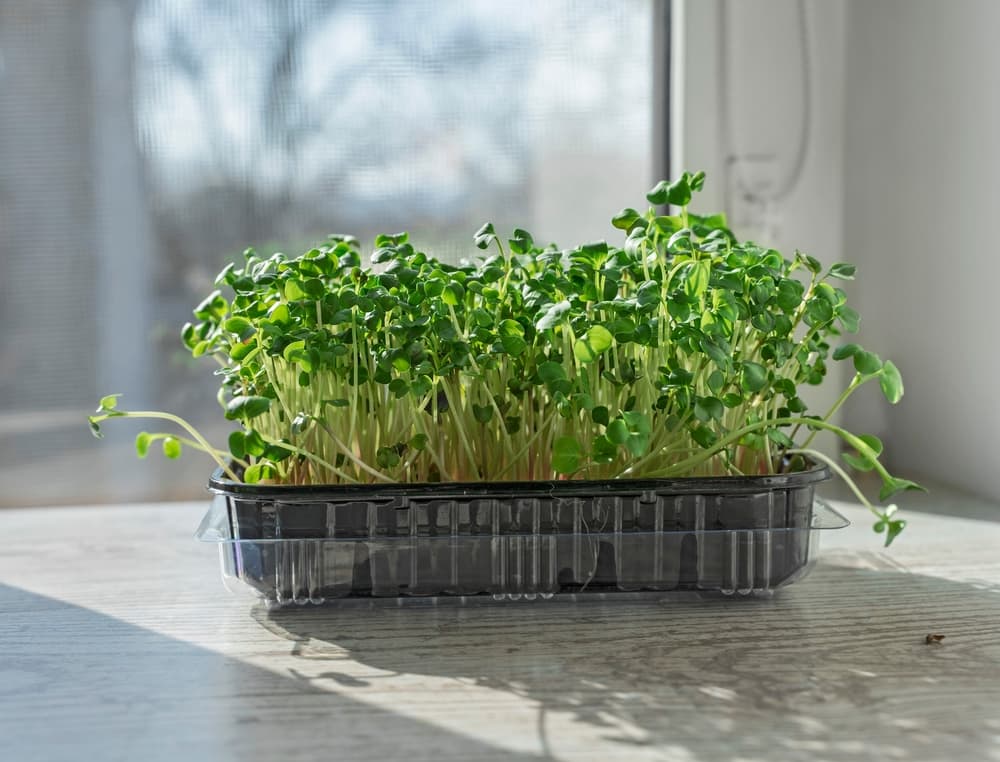
All of the leafy crops listed above for sowing outside in autumn (with protection for winter) can also be sown and grown on a windowsill indoors from a winter sowing.
Cut and come again crops will allow you to harvest leaves little and often as required.
Even if there are other vegetables in your garden, and vegetables in store, it can still be worthwhile growing a few leafy crops on a sunny windowsill for fresh salads even during the coldest part of the year.
I have an unheated polytunnel where I grow a range of crops over the winter months, some overwintering for later harvests, some that I can harvest in the depths of winter – but I also like to grow a few salad crops on a windowsill over winter.
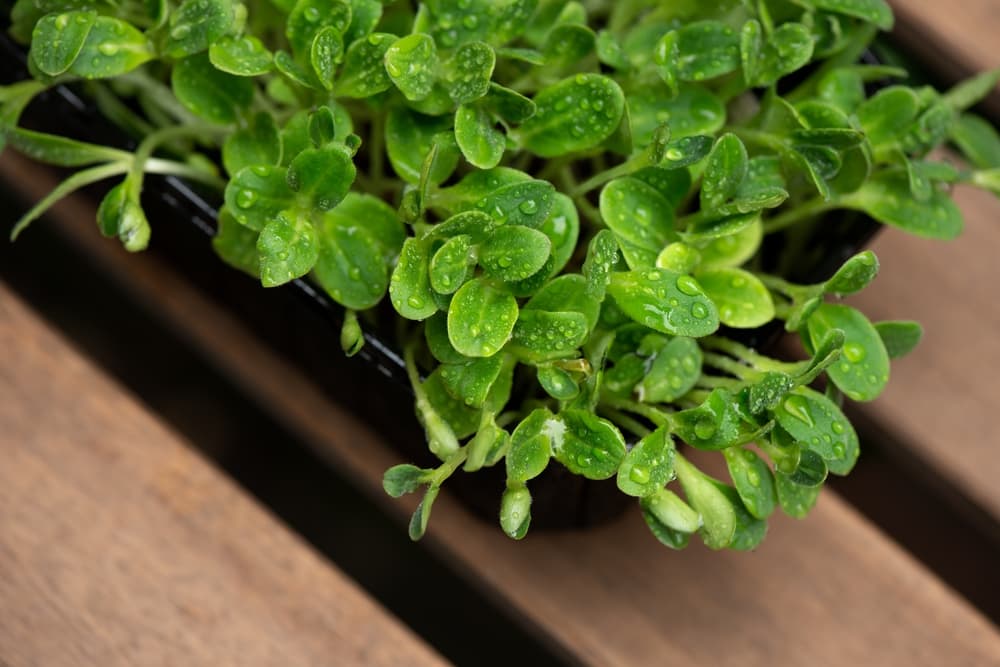
My favourites are a cut-and-come-again oriental salad mix, and pea shoots, which I can easily just harvest a little from as and when required without even having to step outdoors.
I also often grow some micro greens for a quick and very healthy windowsill harvest.
I like to grow cress, and brassicas of a range of types.
Microgreens are not grown to maturity but are eaten as tiny sprouts – these micro-greens, and sprouted seeds, can help sustain you over the winter months.
Sowing Early For Next Year’s Vegetable Garden
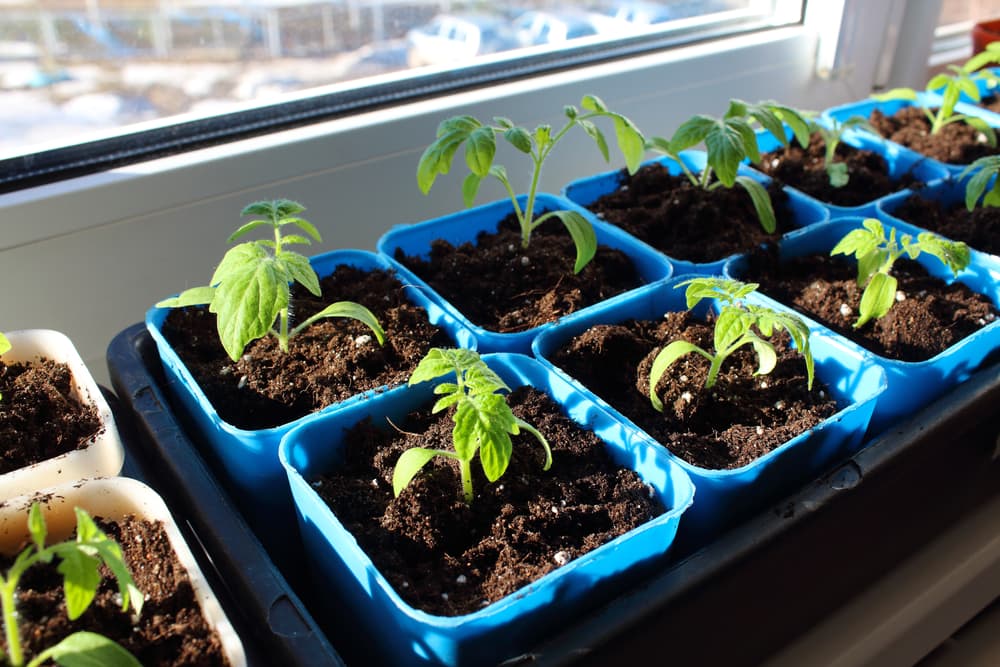
As well as sowing quick crops for winter harvests, winter is also the time to think about planning ahead for the next gardening year.
Preparing Potatoes For Planting
One of the first jobs of the new year is chitting seed potatoes.
This is the process of leaving the potatoes in a bright, cool spot for green shoots (called chits) to form from the ‘eyes’ or small dimples on their skin.
I will often do this towards the end of January where I live.
Sowing Tomatoes, Peppers & Other Warm Season Crops
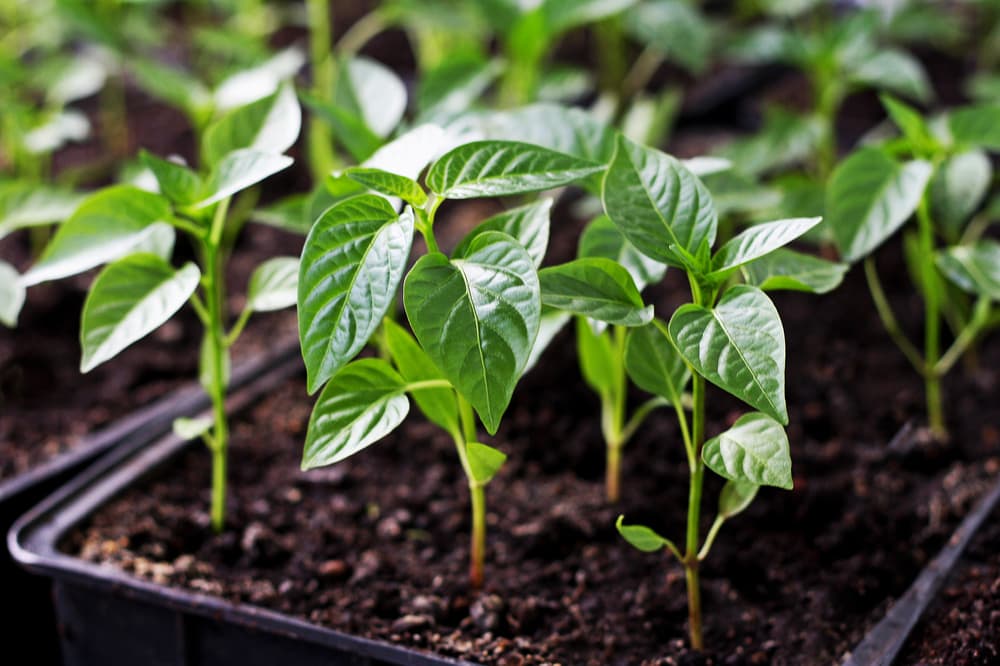
In January or February, I also start sowing summer crops, to get a head start and make sure I can obtain a worthwhile harvest by the end of the summer months.
It is a good idea to get started early with the growing season so that you have some healthy plants to plant out in a polytunnel or greenhouse, or into the garden by the time that warmer weather does arrive.
Tomatoes and peppers are two examples of crops that it can be beneficial to sow early.
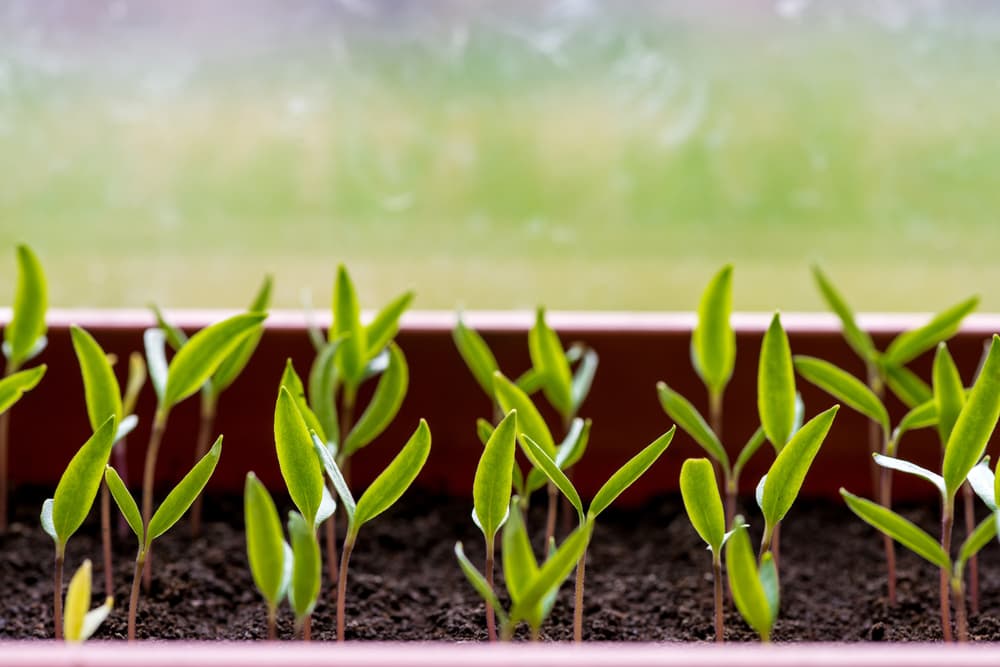
Technically fruits rather than vegetables, these are of course key crops grown in UK gardens.
However, when starting early with these warm-season crops, you should note that a heated propagator and grow lights can be useful to achieve the best results.
If you do have a heated propagator, then aubergines, celery and celeriac are other crops which it can be useful to sow early in the year.
Sowing Alliums (Onions & Leeks) From Seed
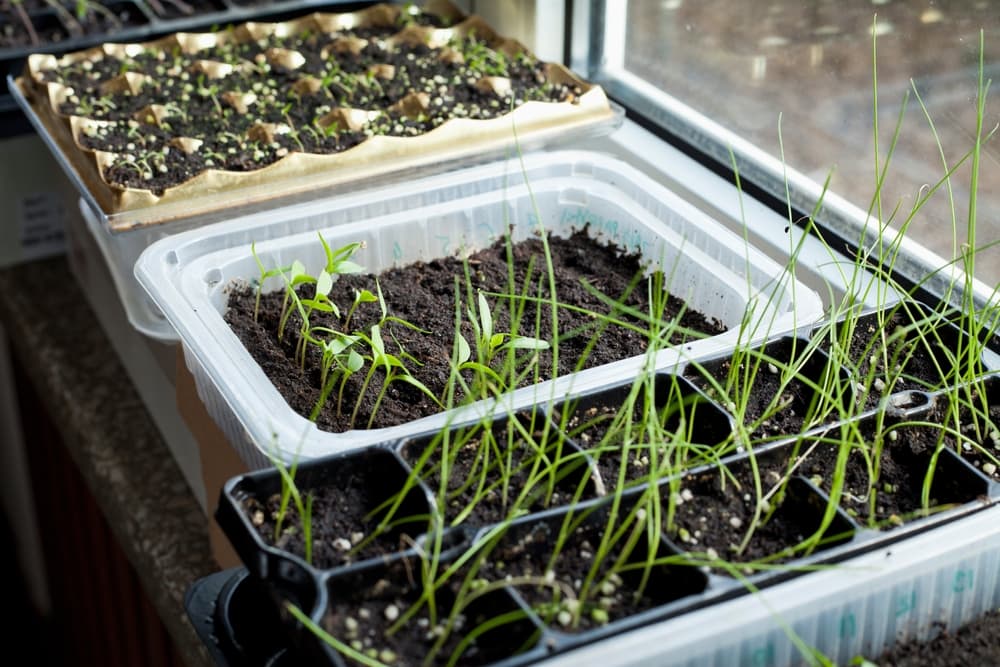
Onions and leeks can also be sown from seed early in the year, and this is a good idea as the tiny seedlings need some time to bulk up a little before they are planted out into the garden.
Not that you could not only consider sowing annual alliums, but also perennial onion crops at this time of the year.
Sowing Peas & Broad Beans
Other crops that I like to get started early indoors are peas and broad beans.
I start these indoors in winter before moving them into my polytunnel in early spring, because direct sowings can often fall prey to rodents or other pests.
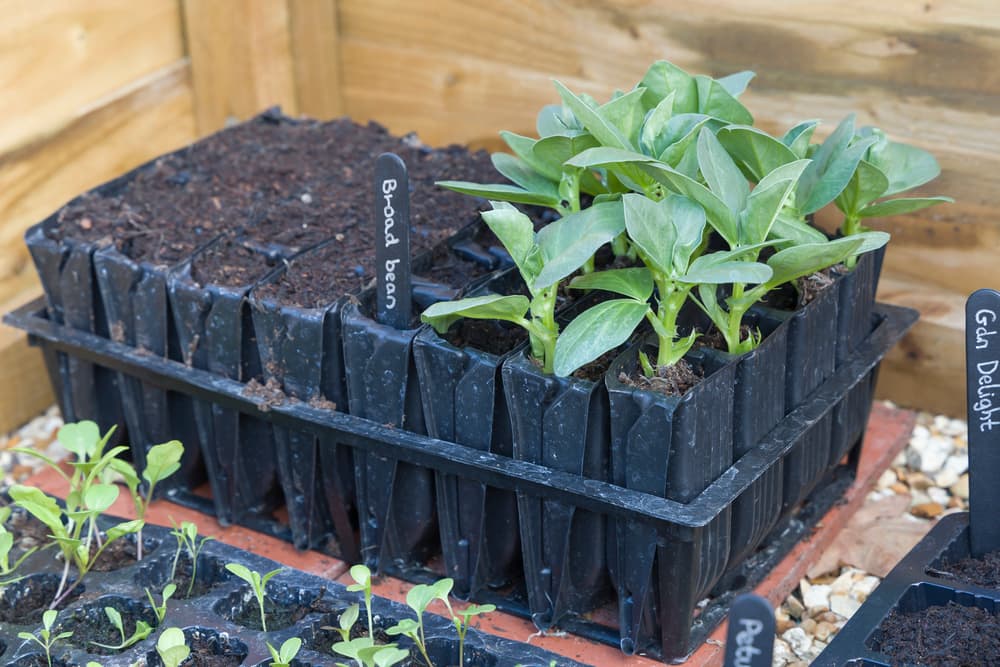
You can also continue to sow quick leafy salad crops in successional sowings so that you can enjoy a continual supply.
And from the very end of winter, into early spring, you can also sow hardy brassica crops for summer indoors to harden off and plant out soon after spring arrives.
If you plan and prepare for year-round growing, you may be surprised by how much food can be available from your efforts over the winter months.
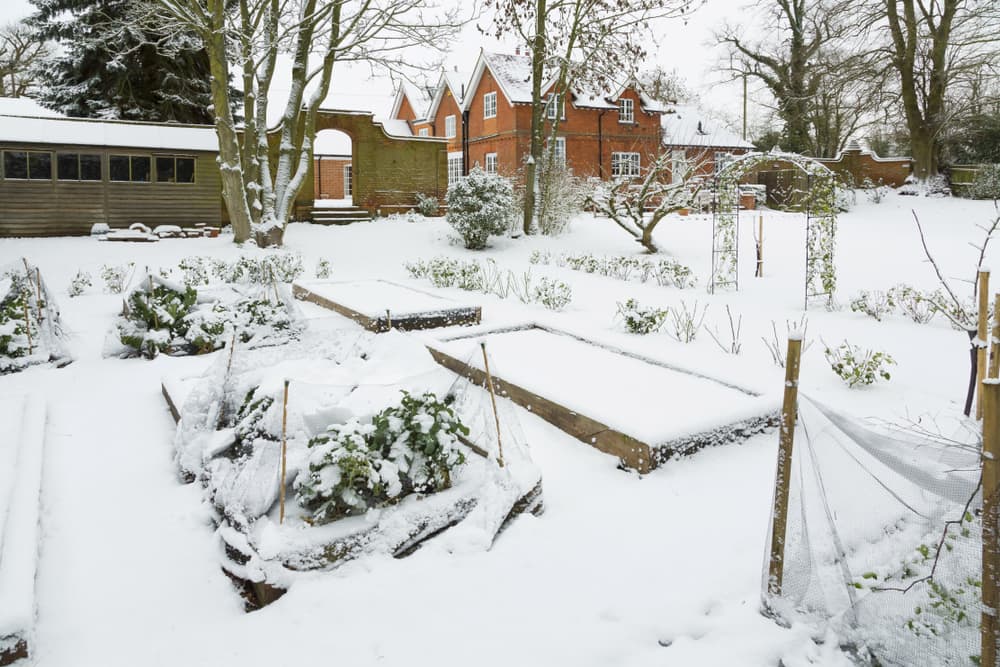
You may also be surprised by just how much there is that you can do at this time of the year.
The garden may mostly be ‘sleeping’ in the depths of winter – but even when there are sub-zero temperatures outside, and even when there is frost, ice and snow, there are still ways to grow your own and keep yourself busy.
